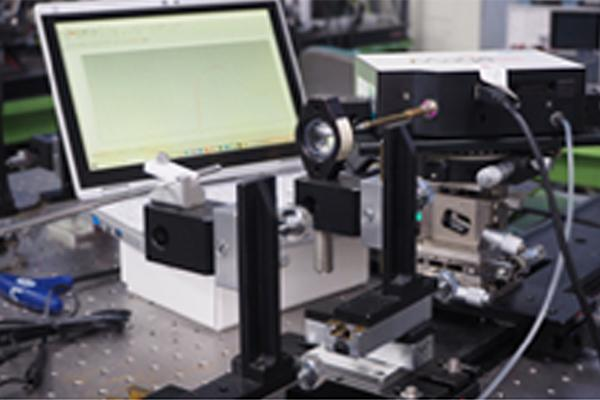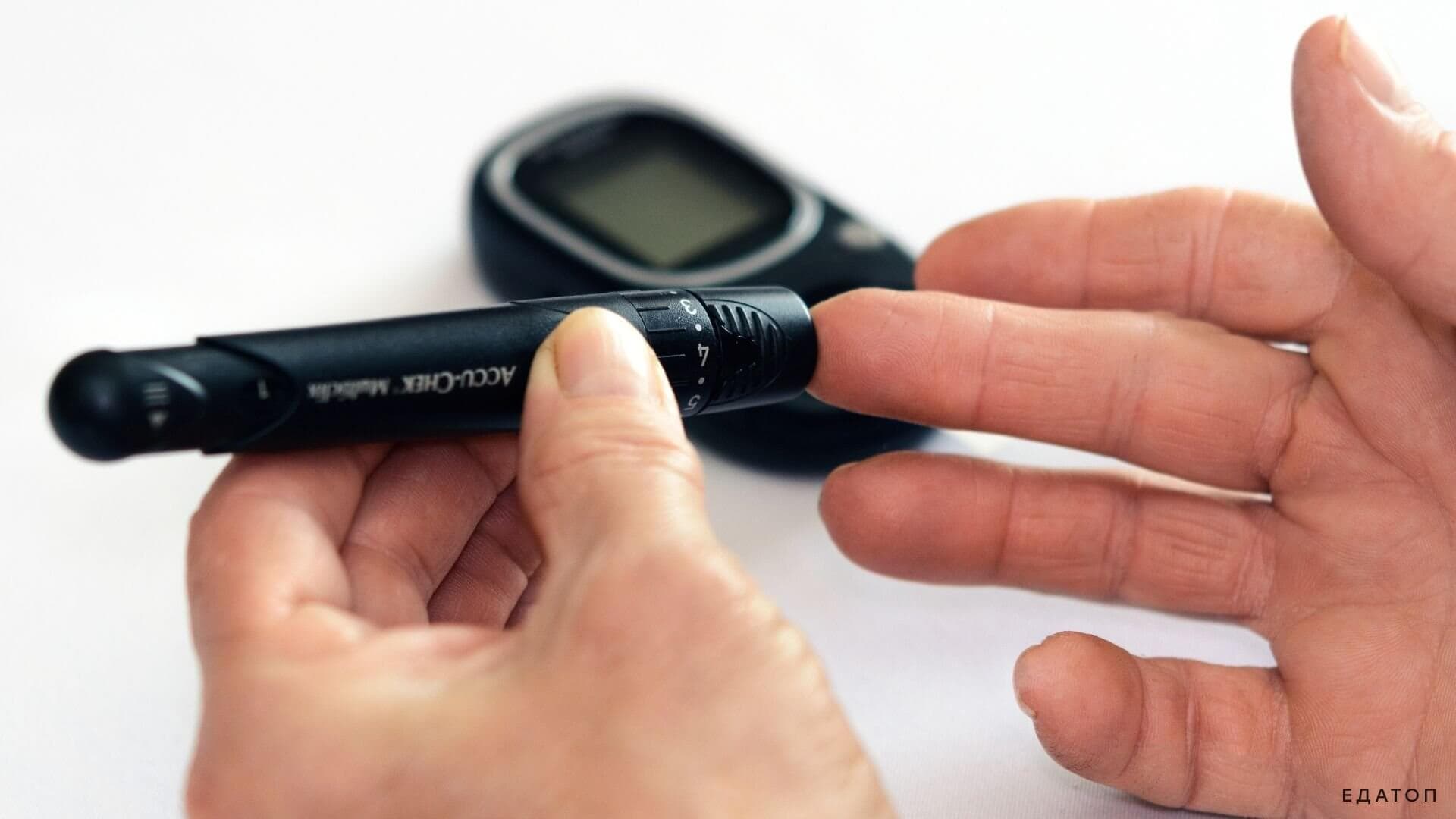A compact and cost-effective device developed to monitor body- fat burning
Review
Sakshi Hardaha
 Credits: Unsplash
Credits: Unsplash
A precise method of monitoring fat metabolization by breath analysis, which has application in detection of global diseases like diabetes.
Tweet
Fat is an essential component of our diet. But its overconsumption can make us obese and create more problems if one has diseases like diabetes. Exercising is one of the solutions. It has been shown that weight loss decreases the severity of diabetes in the patients1. But the impact of exercise varies from person to person. So, how do you know up to what extent your body is burning fat while exercising?
“Precise measurements of acetone gas concentration allow us to determine the body’s ability to metabolize fat and develop exercise methods for efficient fat burning”, tells Professor Yuji Matsuura, head of the research team to EurekAlert.
The concept of breath acetone measurement to monitor fat burning is not new. When you exercise, your body breaks fat into various products. One of them is acetone. On burning fat, acetone concentration increases and can be detected. Previous studies mention devices based on this concept but they are large, expensive, or less accurate. What is new in the device designed by Matsuura’s team is that it is compact, cost-effective, and can detect as low as 0.024 ppm of acetone (i.e., 24 molecules of acetone per 1000 million molecules of the breath sample), an impressive accuracy.
 The setup of the device; Reference - EurekAlert
The setup of the device; Reference - EurekAlert
The device uses no vacuum components and the breath sample is collected in simple polyethylene bags that cut the price down. Vacuum components were of no use as there was no absorption of air at 195 nm wavelength to disturb the measurement of acetone in breath. The use of only three components made the device compact.
Simple schematic representation of three main components in the device. A deuterium lamp source produces light of 160-400 nm wavelength. A gas cell where a breath sample is introduced. A spectrometer to measure the absorption of light.
 Simple schematic representation of three main components in the device. A deuterium lamp source produces light of 160-400 nm wavelength. A gas cell where a breath sample is introduced. A spectrometer to measure the absorption of light.
Simple schematic representation of three main components in the device. A deuterium lamp source produces light of 160-400 nm wavelength. A gas cell where a breath sample is introduced. A spectrometer to measure the absorption of light.
Now how does the device work? The general concept behind the device is spectroscopy, a technique based on a principle that when the light of characteristic wavelength strikes the molecules of the sample, some of it gets absorbed by the sample and the rest passes out. The amount of light passing out can be detected using a light-sensitive device (it generates electric current when light falls upon it, that further is amplified and recorded by an ammeter or a pen-recorder) which conveys the signal to the monitor. In turn, the monitor displays the amount of light absorbed which is the difference between total light and light passing out of the sample. The absorption of light is related to the concentration of different molecules in the sample. Thus, a graphical comparison of the absorption value of the breath sample after exercise with the value without exercise indicates the amount of fat burning in the body.
 Credits: Pexels
Credits: Pexels
A cherry on the top is that the device can also be used for bloodless diagnosis of diabetes. In diabetes, body cells cannot utilize glucose for energy so they start using fats. Breakdown of fats increases acetone concentration in breath from normal 0.3-1.2 ppm value to 1-10 ppm. Detection of an increase in breath acetone concentration provides an easy diagnosis of diabetes. Besides this, other breath components like isoprene can also be simultaneously detected. Isoprene is related to the synthesis of cholesterol in the body. Hence, its altered levels can be used in the diagnosis of diseases that involve cholesterol.
Along with these prospects, the device can help in choosing a better weight loss routine with better disease management.
The research was done at Tohoku University, Japan under Yuji Matsuura. The findings are published in ‘Sensors Journal’ under the title ‘Vacuum Ultraviolet Absorption Spectroscopy Analysis of Breath Acetone Using a Hollow Optical Fiber Gas Cell’.
References
Sakshi Hardaha, from Raipur, Chhattisgarh is doing her Masters in Biotechnology from Pondicherry University. She enjoys learning new things in life.Science piques her interest in learning more about what's going on in the world and the concepts that underpin it. An opportunity to attend science communication seminars led by Vigyaan Prasar and Cogito137, got her interested in the field. She also shares fascinating stuff as a blog called ‘Science Flakes-News easy to digest.’
Besides, she enjoys baking, painting, and surfing around social media in her spare time.
Note: This article was submitted by Sakshi Hardaha as an assignment during the workshop Scicomm for Scientists 2021, organised by Cogito137, IISER Kolkata, funded by the Department of Science and Technology, Govt. of India. The assignment was selected for publication and has undergone due editorial process. Team Cogito137 thanks Spoorthy Raman for the initial editorial review of this article.
signup with your email to get the latest articles instantly